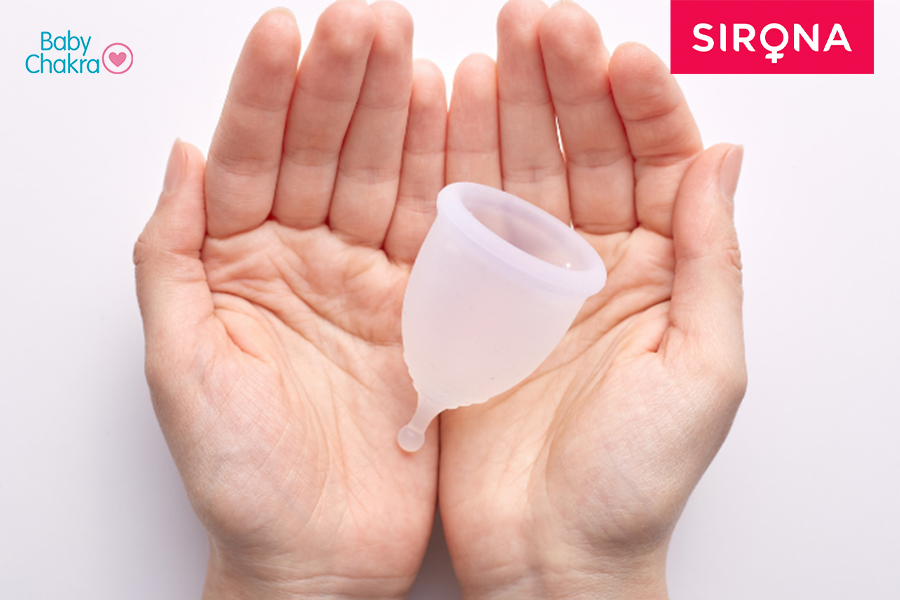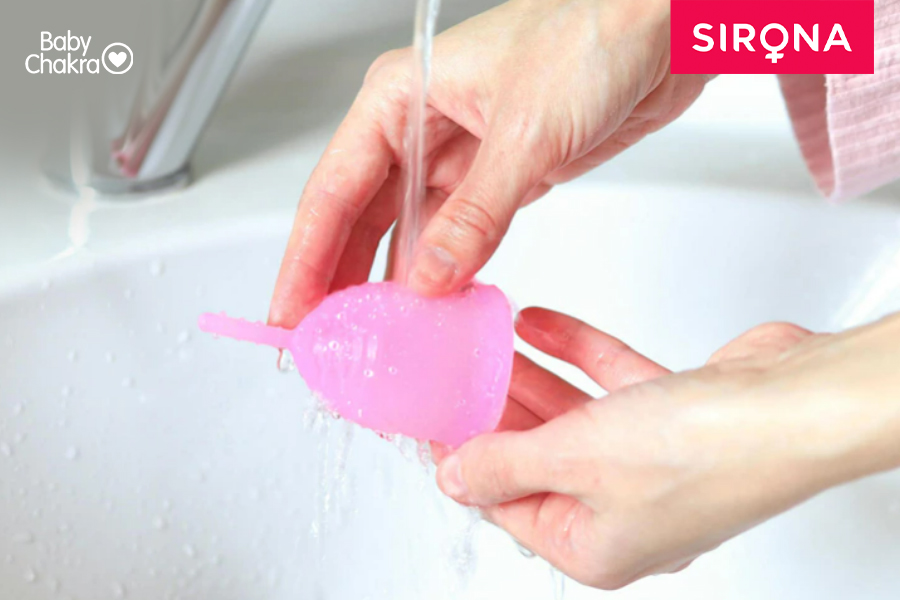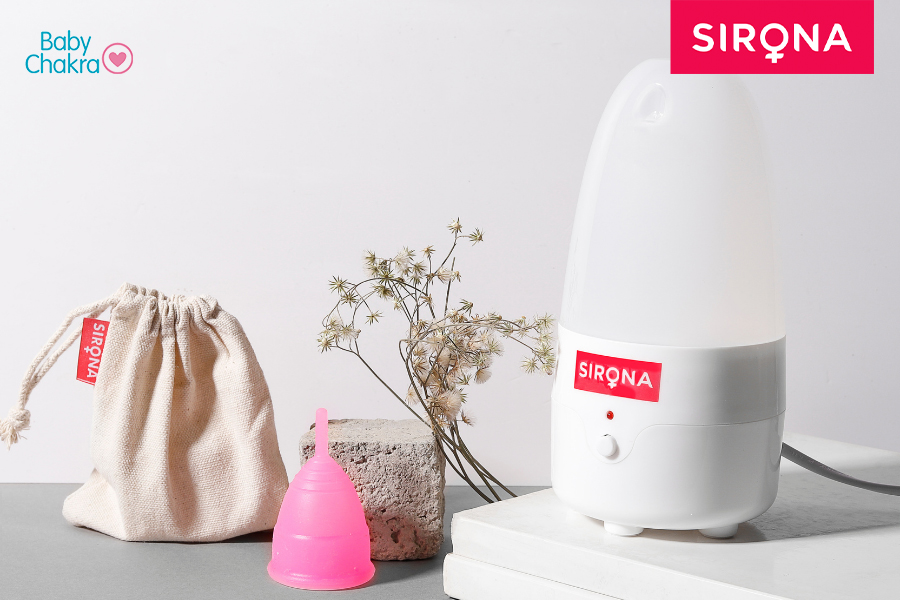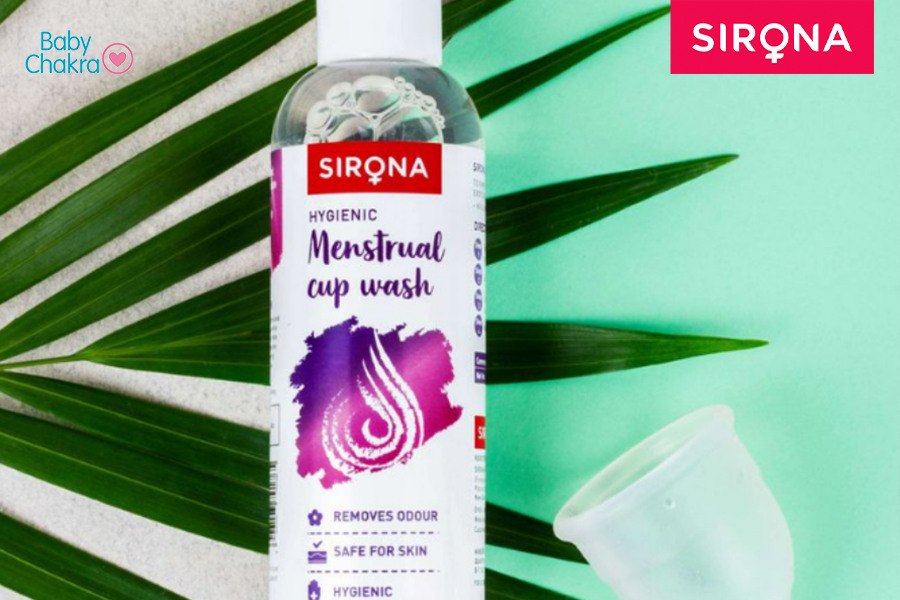
The Ultimate Guide To Maintaining A Menstrual Cup
16 Aug 2022 | 5 min Read
Medically reviewed by
Author | Articles
Menstrual cups are the ultimate period game-changers. They make periods comfortable, and are safe for our bodies and also for the environment. Moreover, these cups are reusable and can be used for several years (if properly maintained). This means that switching over to menstrual cups is not just safer, but also cost-effective.
A menstrual cup is typically small, has a bell or funnel shape, and collects period blood, instead of absorbing it like tampons or sanitary pads. Upon insertion, the menstrual cup pops open, and rests against the vaginal walls, creating a suction. This helps the menstrual flow to drip into the cup slowly, preventing any leakage.
Unlike pads and tampons, menstrual cups create no mess at all. These cups are easy to remove and empty as well. However, you do need to clean and sterilise them frequently to prevent any infections, odours, and stains. Maintaining them properly will also allow you to use them for a longer duration of time.
But how do you store and clean your menstrual cup properly? We have listed the details below to help you out.
Importance Of Sanitising Your Menstrual Cup Frequently

Improper cleaning of your menstrual cup can lead to bacteria, discolouration, stains, and odour. In some cases, it can also lead to irritation and painful infections. This also means that you will likely have to replace your cup more often.
To avoid that, you should clean and sterilise your menstrual cups properly and frequently.
How To Maintain Your Menstrual Cup
You must clean your menstrual cup before and after every use. Take a look as we have described the right way to clean and maintain your menstrual cup.
Initial Cleaning (Before Your First Use)

You should ensure that your menstrual cup is hygienic, bacteria, and germ-free before using it for the first time. You can do that by sterilising it. Now, you might have seen videos of sterilising menstrual cups in boiling water, but that method is quite inconvenient. If you do not keep a close eye on it, your menstrual cup can stick to the bottom of the pot and burn.
A simple and effective way to sterilise your menstrual cup is by using a steriliser. Invest in a good-quality steriliser that cleans the cup effortlessly and kills 99% of germs, such as Sirona’s Menstrual Cup Steriliser. The steriliser is BPA-free and takes only three minutes to clean the cup. It has an automatic shutdown feature and turns off once sterilisation is complete.
How to use a cup steriliser? Simply pour 5 ml of water into the steriliser’s holding area and place the menstrual cup upside down. Plug the cable to turn on the device and let it steam for three minutes. Take out the menstrual cup, let it cool, and there you have it! A clean cup that is ready to be used.
Day-to-day Cleaning

Apart from frequent sterilisation, you will also need to clean your menstrual cup on a daily basis. This will help remove residue, bacteria, and buildup, and prevent any odour.
Start with washing your hands and then removing the cup and emptying the blood into the toilet. Next, use a mild cleanser to clean your cup. Make sure the cleanser is formulated with natural ingredients and doesn’t contain harmful chemicals. You can use Sirona’s Natural Menstrual Cup Wash to cleanse the cup. This wash contains mild surfactants that remove odours and stains effectively, and don’t degrade the silicone.
Take 4-5 drops of the wash and gently rub to create a lather on the cup. Make sure to clean both the inside and outside area of the cup and then rinse it thoroughly with plain water. After this, you can pop it into the steriliser to ensure that it’s completely germ-free.
What To Do If You Are Using A Public Washroom
It might get a little bit difficult to clean your menstrual cup when you are outside using a public washroom. During this time, you can carry your natural menstrual cup wash in your bag, and give your cup a good rinse after emptying it. Carry a clean and soft towel to dry the cup and then reinsert it into your vagina.
Make sure to cleanse your cup thoroughly once you get back home.
How To Sanitise Your Menstrual Cup At The End Of Your Period
It is essential to keep your menstrual cup clean and sanitised after the end of your period too. This will ensure the cup’s longevity and prevent any bacterial growth during the time it isn’t used. First, rinse the cup thoroughly with your cup wash and then place it in the steriliser. Once sterilised, make sure to completely cool and dry your menstrual cup.
How To Store Your Menstrual Cup After Your Cycle Is Over
Menstrual cups, such as Sirona’s, come with a bag or pouch that allows you to safely store your cup when they aren’t in use. Storing them in a breathable container is crucial to keep the cups protected from germs and dirt. Do not keep your cup out in the open once your cycle ends, rather store them in a container or pouch and place them in a dry location (such as your vanity drawer) so that they remain in perfect condition before your next use.
Menstrual cups are great alternatives to traditional pads and tampons. They make your period hassle-free and convenient. Maintaining menstrual cup hygiene is crucial for your overall wellness and comfort. Therefore, use proper methods to clean and sterilise your menstrual cups and invest in Sirona’s easy and effective menstrual cup wash and cup steriliser to keep your cup germ-free and hygienic.
A


Related Topics for you
Suggestions offered by doctors on BabyChakra are of advisory nature i.e., for educational and informational purposes only. Content posted on, created for, or compiled by BabyChakra is not intended or designed to replace your doctor's independent judgment about any symptom, condition, or the appropriateness or risks of a procedure or treatment for a given person.
